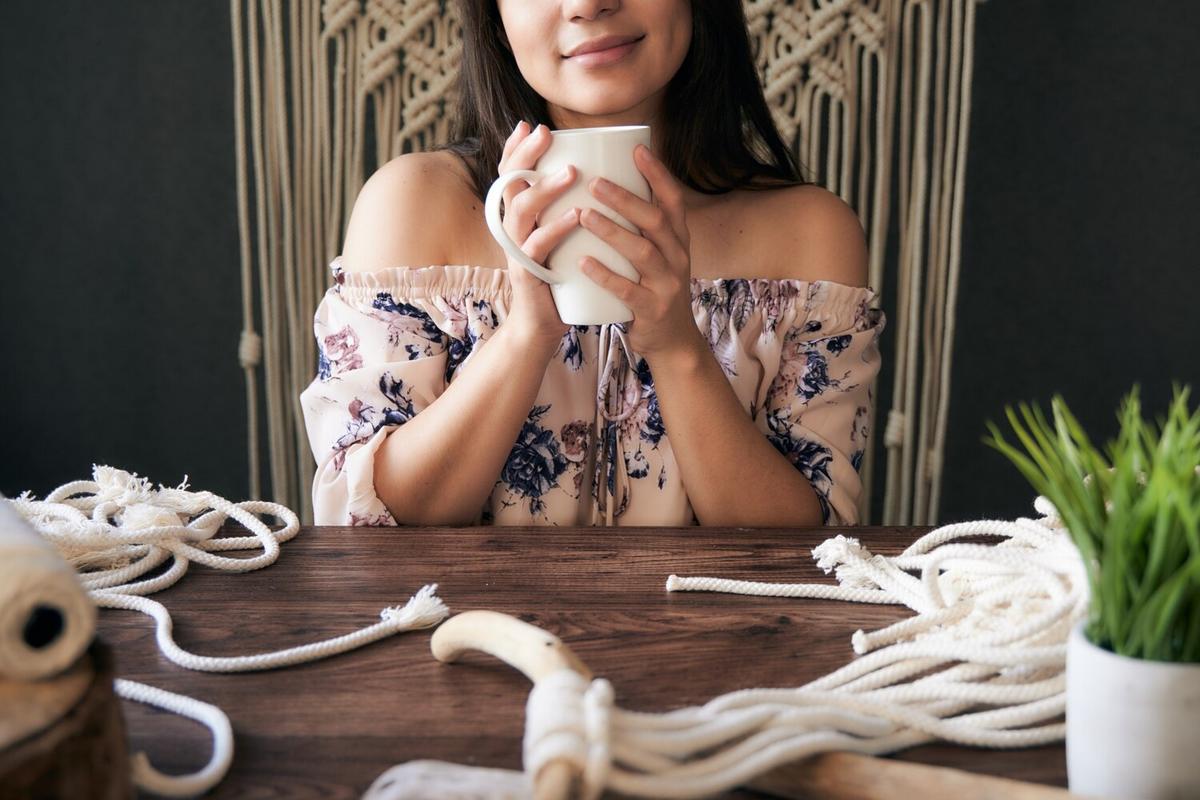
Mastering Macramé: The Art of Decorative Knotting
Macramé, an ancient art form of decorative knotting, has found its place in modern crafting as a versatile and therapeutic practice. From intricate wall hangings to delicate plant hangers, the beauty of macramé lies in its simplicity and the endless creativity it offers.
As an art form, macramé dates back to the 13th century, where it was used by Arabian weavers to finish the edges of hand-loomed fabrics. Fast forward to today, and macramé is experiencing a resurgence, cherished by crafters for its meditative practice and stunning results.
The Resurgence of Macramé
In recent years, macramé has re-emerged as a popular crafting technique, largely due to its adaptability and the calming nature of repetitive knotting. According to a report by the Craft Industry Alliance, there has been a notable increase in searches for macramé tutorials online, indicating its growing popularity among crafting enthusiasts.
Expert Insights
“Macramé is not just about creating art; it’s about the journey and the fulfillment that comes with a completed piece,” shares renowned textile artist, Emma Kidd.
This sentiment is echoed by many who find solace in the rhythmic process of knotting, which can be both relaxing and rewarding.
Getting Started with Macramé
For those new to macramé, starting with a simple project can be less daunting. Consider a basic plant hanger or a small wall hanging as your initial foray into the world of decorative knotting. You’ll need some basic supplies:
- Cotton cord
- Scissors
- Measuring tape
- A wooden dowel or metal ring
Once you’ve gathered your materials, follow a beginner-friendly tutorial to learn essential knots like the square knot and the half hitch.
Pro Tips
Practice makes perfect. Start with smaller projects to master basic knots before moving on to more complex designs.
Macramé Projects: A Comparison
| Project | Difficulty | Time Required | Materials |
|---|---|---|---|
| Plant Hanger | Easy | 1-2 hours | Cord, metal ring |
| Wall Hanging | Intermediate | 2-4 hours | Cord, wooden dowel |
| Table Runner | Intermediate | 3-5 hours | Cord |
| Macramé Bag | Advanced | 5-7 hours | Cord, bag handles |
| Keychain | Easy | 30 minutes | Cord, key ring |
| Fringe Earrings | Intermediate | 1 hour | Cord, earring hooks |
| Chair Cover | Advanced | 6-8 hours | Cord |
| Boho Curtain | Advanced | 7-10 hours | Cord, curtain rod |
FAQ Section
Frequently Asked Questions
What type of cord is best for macramé?
Cotton cord is highly recommended for beginners as it is easy to work with and comes in various thicknesses.
Can I use macramé outdoors?
Yes, but it’s best to use synthetic cords like nylon to withstand the elements.
How do I keep my macramé project looking new?
Regularly dust your macramé pieces and avoid excessive exposure to sunlight to prevent fading.
For those eager to dive deeper into macramé, numerous online communities and tutorials are available to guide and inspire. Websites like Macramé for Beginners offer a wealth of resources, from step-by-step guides to advanced techniques.
Conclusion
Mastering macramé is a rewarding endeavor that combines creativity with relaxation. Whether you’re crafting for personal enjoyment or to add a touch of handmade elegance to your home, the possibilities with macramé are endless. So gather your materials, find a comfortable spot, and let the art of knotting transport you to a place of creative fulfillment.